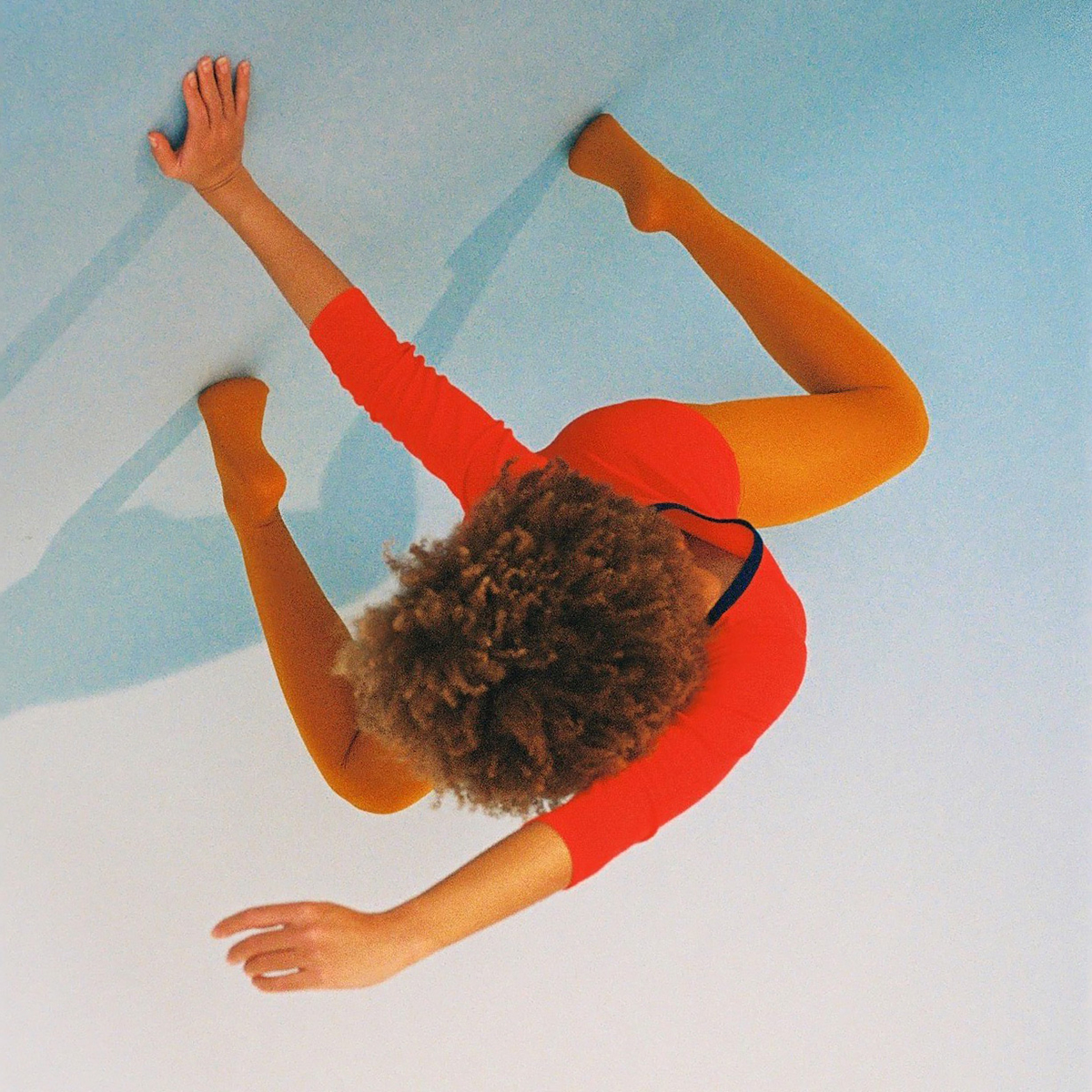“I wanted the viewer to stop for a minute,” says Barcelona-based photographer Anna Huix about what drives her to create photos with a difference. Being locked down without a creative outlet led her to start a 6-month project when things became more accessible in Spain. It became a fun, vividly colorful project with dancers whom she reached out to.
For many of us, including myself, photography was the only creative outlet during the lockdown periods in the pandemic. For a few weeks at a time, we weren’t even allowed to leave out homes without prior permission from the government. The only exception was for medical emergencies. We had to log in to a government system and request an hour or two’s worth of time in advance to step out for things like groceries. I kept myself busy for a couple of weeks by binge-watching TV shows. When I got tired of that, I did macro photography inside my home to keep my mind occupied. It didn’t help that I got laid off a few weeks after the first lockdown. I can’t say that I got memorable images out of those days, but they helped me from feeling depressed.
When I told my family I wasn’t going to study sciences at university, it was a big shock for them, but they, very quickly, supported me. I ended up studying photography at Parsons School for Design in Paris and New York City. That was a game changer. All my life happened around art in New York City
AnnA Huix
Table of Contents
The Pandemic Kept Anna’s Creativity At Bay
Once the pandemic was behind us and life began inching back to normality, jobless as I was, it felt great to head out to the world with a camera in hand. Meeting up with friends (still masked) and heading out for photowalks within safe distances, it felt good to get back to clicking pictures with renewed vigor. Much like I did, Anna Huix dived head-first back into photography when the lockdown rules in Span were relaxed. But there too, social distancing was the norm for a while. “I felt quite isolated, like a lot of people here in Spain,” explains Anna about the strict movement guidelines at the start of the pandemic. “Right after we were allowed to leave our homes, I decided I was going to invite dancers to my studio. It was a moment in which we could barely touch each other. We couldn’t see each other’s faces, hidden behind the masks. So what interested me was how the dancer’s bodies tangled between them, touched each other, how their positions often felt physically impossible,” she recalls how this project of hers began.
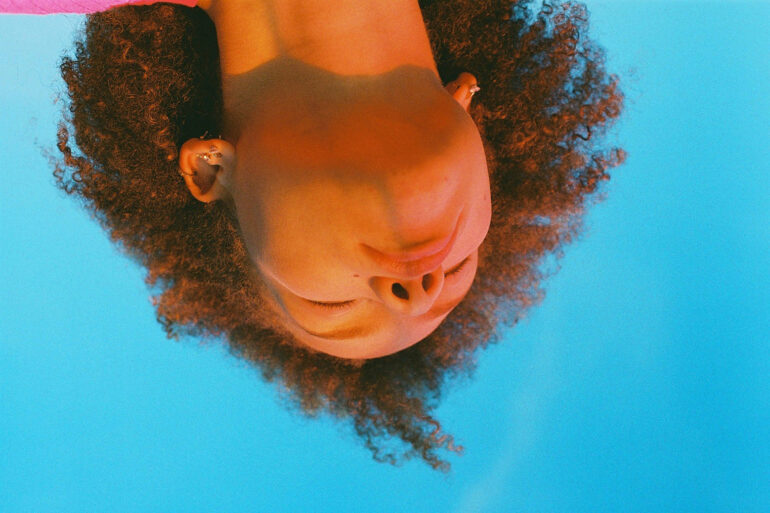
The Dancers Were More Than Eager
“I guess we were all dying to make new connections in such weird times,” notes Anna about the eagerness of the dancers to join her on her project. She got a very positive reaction from those she contacted for being in front of her camera. Most of them she contacted via Instagram, and the others were referred to her by other dancers. Many were happy to be photographed by her and were more than cooperative in bringing their best poses to the forefront.
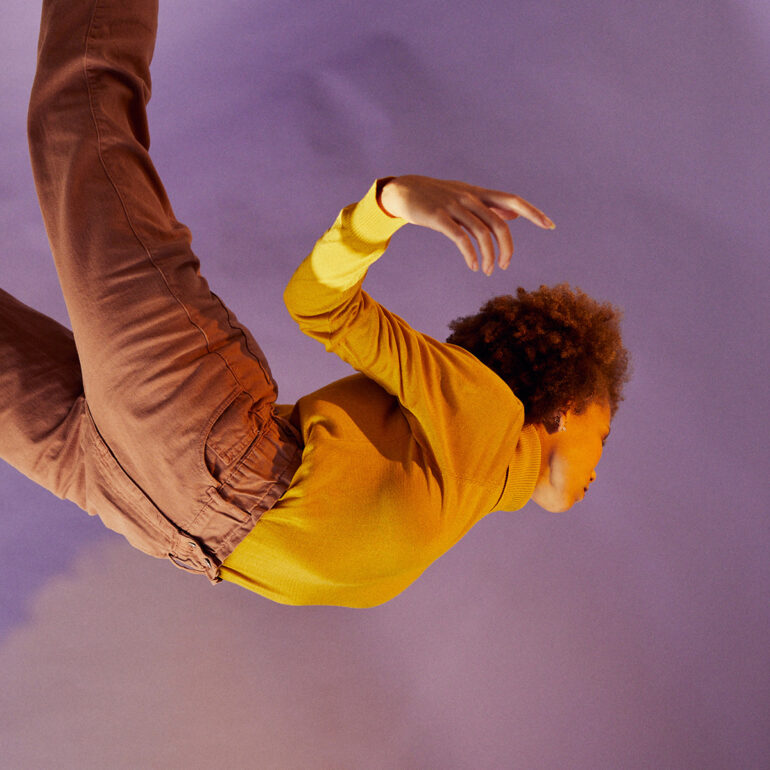
The Shoots Were Fun To Do
“One of the photographs I like the most in this series is “Fatu in her wedding dress -and the socks her mum won’t like.” Fatu, the dancer, showed up dressed in normal sports clothes, but in her bag, she had her wedding dress which I instantly fell in love with. She put it on, and we joked about how weird it looked with the sports socks.” Anna remembers Fatu saying her mom would detest that look, but they kept the socks on for the picture anyway.
A mix of digital (Canon 5D Mark IV) and film cameras (Canon F1 and a Mamiya 7II, on Kodak Portra 400) were used for this project.
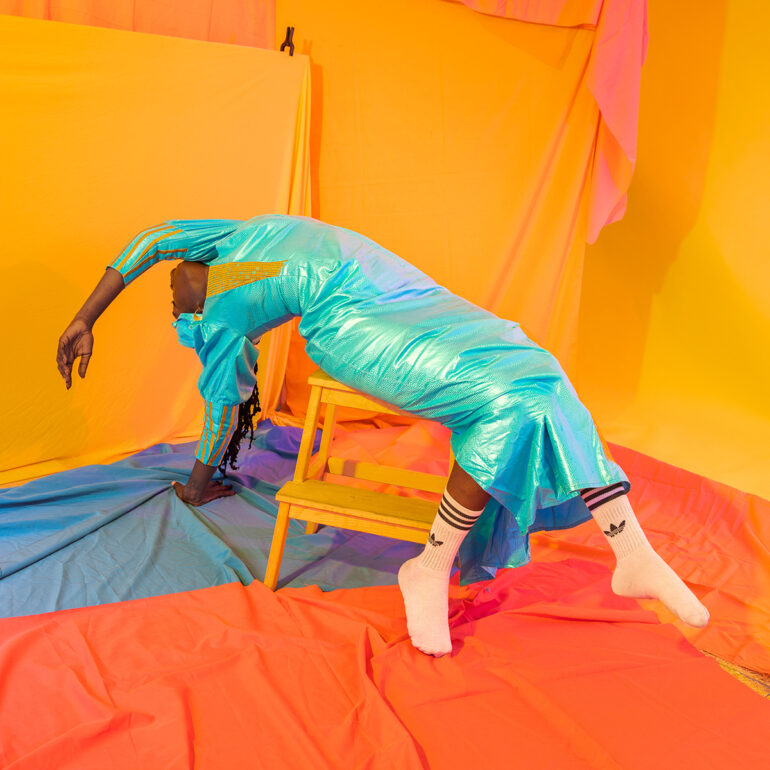
Vivid Colors Are A Recurring Theme For Anna Huix
Anna finds that using solid colors in her photography helps to combat anguish. “For some reason that I can’t really explain, I am drawn to colour,” says Anna. “Plus, I started this series in a moment in which I felt there was a lot of sadness and worry around us. Using colour was my way to overcome all that,” she says.
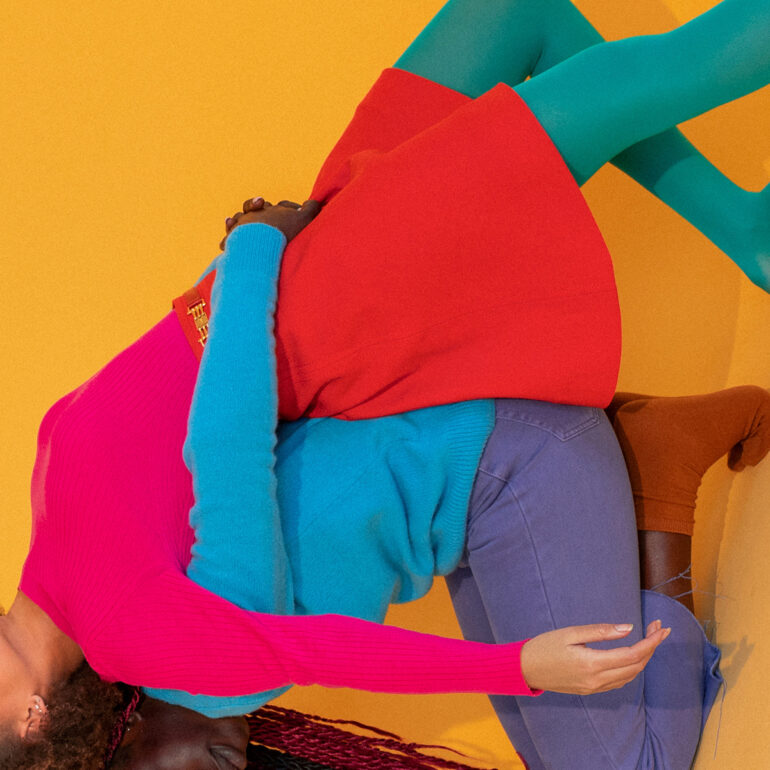
I did ask her if all the dancers were willing to be photographed in such loud colors for the series. “I never force the people I photograph to dress one way or the other,” she clarified. “But if I am asked, I always tend to advise them to wear something colourful. In the end, what one sees on a photographer’s website is what the photographer decides to let the people see.”
Although I am not good at black and white photography, I’ve been asked to shoot that in the past, but I would never put it in my website because I don’t think it represents the way I see the world nor the sort of work I want to be getting in the future. So at the end, it is all about editing the work you will end up showing in your website, portfolio etc
The Concept Behind The Twisted Poses
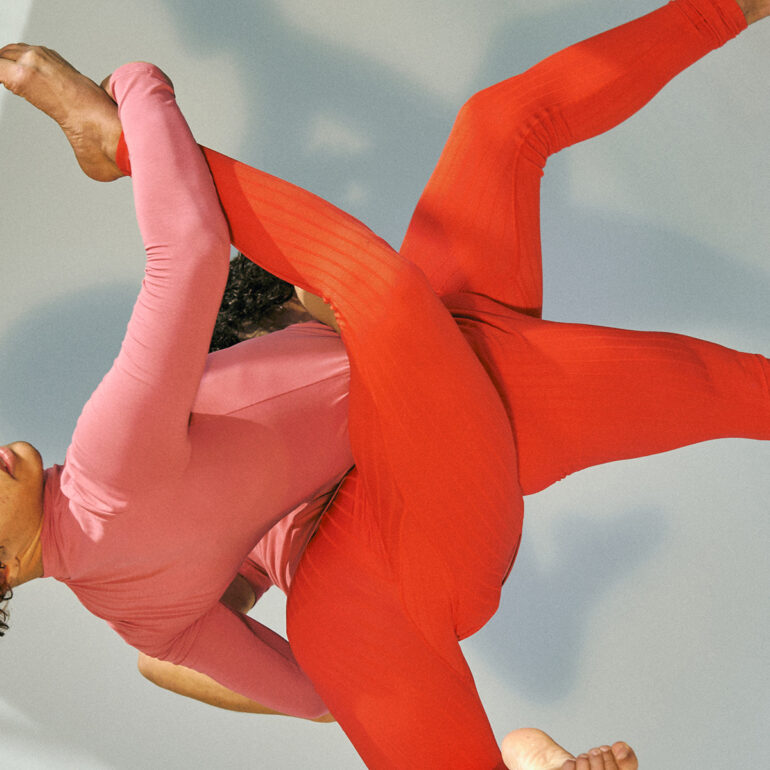
I noted that most of the poses in this series weren’t what one could call conventional dance poses (freestyles may disagree with me on this). So I asked Anna what the idea was behind them. She told me she would ask the dancers to dance before her camera. After this, some of the images were rotated. “I enjoyed creating what seemed to be an impossible pose or a pose with, apparently, no balance. I also invited these twin dancers, who were also contortionists” By photographing their contortions and then rotating the images, Anna ended up with poses that challenged equilibrium or felt physically impossible.
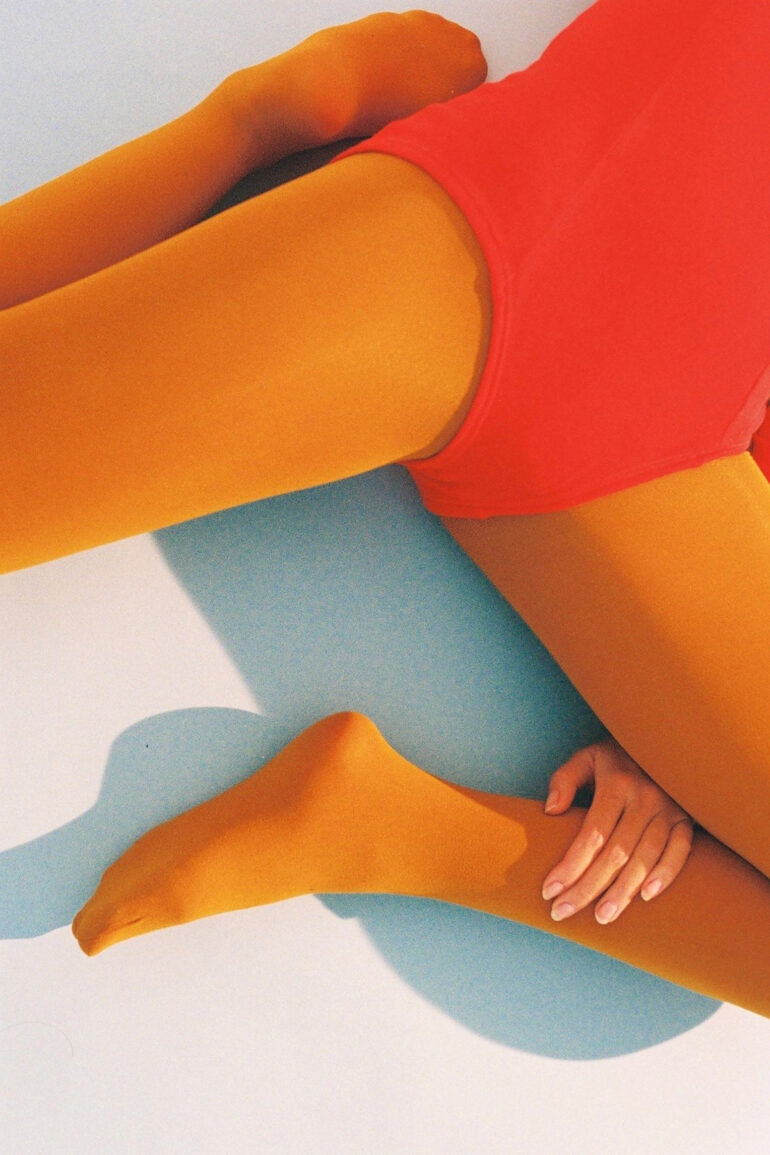
She does state that this isn’t her primary style of posing people for her photography. “I would use this technique when I felt it would make it more interesting. I wanted the viewer to stop for a minute in the pictures and try to figure out what was after their eyes. To pause and challenge the way we normally read an image. I’m always drawn to colour and patterns in terms of aesthetics.”
All images by Anna Huix; used with permission. Check out her website and Instagram page to see more of her photography.


